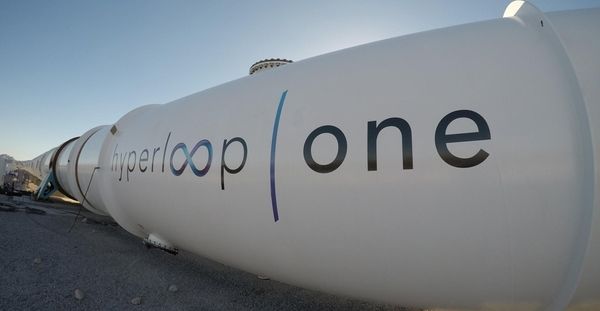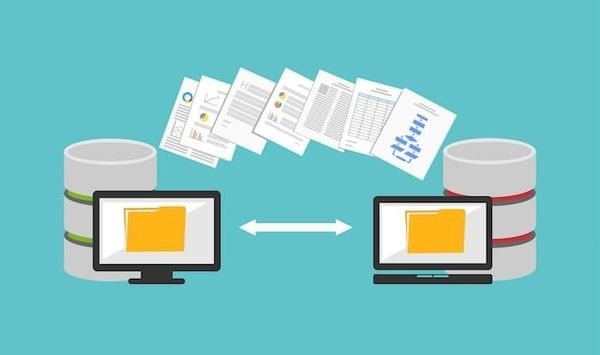
Security Challenges of Data Migration
March 23, 2018
The Cloud and Blockchain: The Future of Data Storage
March 29, 2018The Hyperloop seems like an idea straight from a science fiction movie, but this idea is quickly becoming more than just a concept. The race to build the first working model for real passengers is becoming interesting to watch because the “community” seems to be getting close.
Elon Musk’s Hyperloop Concept
In 2013, after visiting California, Elon Musk published a paper on SpaceX.com that discussed his frustration with the high-speed rail. He asked, “How could it be that the home of Silicon Valley and JPL – doing incredible things like indexing all the world’s knowledge and putting rovers on Mars – would build a bullet train that is both one of the most expensive per mile and one of the slowest in the world?”
His paper had a few sketches of the Hyperloop concept as well as detailed ideas and specifications of how it could be possible. The 58-page paper discussed many different aspects of the project. He then challenged the community to build a working model of the idea. He challenged startup businesses and college students to make this idea into reality by making it a collaborative effort.
Musk writes, “Hyperloop is considered an open source transportation concept. The authors encourage all members of the community to contribute to the Hyperloop design process.
Iteration of the design by various individuals and groups can help bring Hyperloop from idea to a reality.”
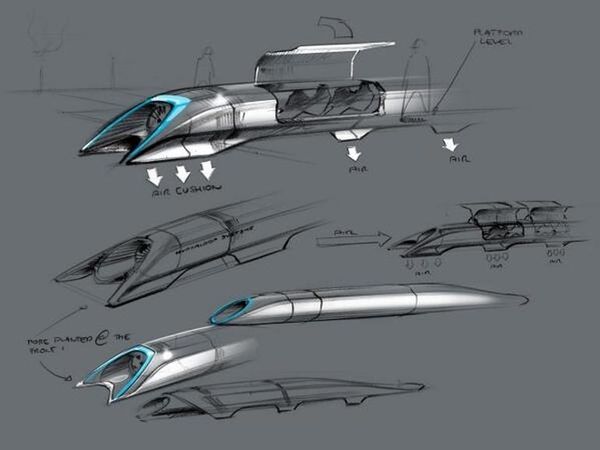
Photo Credit: Spacex.com
Among the companies that are currently working on this new mode of technology are Virgin Hyperloop One (USA), Hyperloop Transportation Technologies (USA), Transpod (Canada), DGWHyperloop (India), AECOM (USA), and SpaceX (USA).
What makes Hyperloop One different?
Instead of moving on a rail the way trains travel, the Hyperloop would be traveling in a tube that has most of the air removed so it has little friction. The capsule inside of the tube would levitate almost the same way an air hockey table levitates a puck, but instead of the air coming from the air hockey table or in this case the tube, the air would be produced by the capsules or pods inside the tube itself. Because of its design, these pods and the passengers inside of them could be travelling anywhere between 370 – 745 mph.
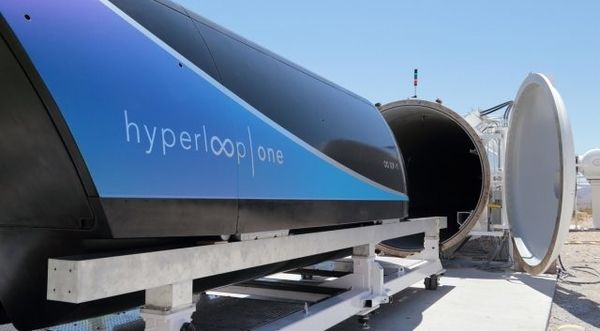
Photo Credit: Extremetech.com
Musk not only proposed this idea to make commuting faster, but the Hyperloop idea could also save people money in their travels. His paper proposed a ticket price of $20 for a trip from Los Angeles to San Francisco. Doing a quick Google search, the average price for a flight between the two cities would be about $125. The duration of the flight is about one hour and 20 minutes, while the Hyperloop trip would be a small fraction of the time at only 35 minutes. This saves commuters time and money, and would truly change the way people travel.
The Worldwide Project
Many people are hopping on board this new idea train (or should we say Hyperloop) by Musk. “Hyperloop Transportation Technologies (HTT, HyperloopTT) has signed an official Public-Private Partnership with Northeast Ohio Areawide Coordinating Agency (NOACA) for America’s first multi-state Hyperloop in the Great Lakes Megaregion.” According to greatlakeshyperloop.com, the support for this new project has been evident from those in the surrounding areas.
As of right now, 20 regional stakeholders, and seemingly more to follow, are supporting this project. These backers are widespread in different industries including academia and government. They all have the same hope to bring this elaborate design to life.
Virgin Hyperloop in India
Not only could this Hyperloop project be connecting multiple states in the US, but if all goes as planned, it could also be connecting multiple areas in other countries as well. Richard Branson from the Virgin Group and Prime Minister Narendra Modi from the Indian state of Maharashtra, has revealed a partnership that plans to build a Hyperloop link between the cities of Pune and Mumbai. This 100-mile trip would usually take about three and a half hours by car or train. But the Hyperloop could drastically shorten that commute to only 25 minutes.
The Indian Hyperloop test track is expected to be finished within three years. This means that testing could start around 2021, and a fully working line could running be as early as 2028.
Virgin recently unveiled a prototype pod for the Hyperloop, and it’s just as futuristic as one might imagine. The pod is comprised of a sleek mainly white interior, which has cream and beige leather seats, and includes high-definition personal screens for entertainment and trip information. Most trips won’t be long enough for anyone to view an entire film, but that probably won’t be an issue for most passengers. Many commuters would rather get to their destination as quickly as possible. The interior also boasts neon blue and red lights that illuminate the top, sides, and bottom of the pod. All of these aspects of Virgin’s prototype only adds to the overall futuristic aesthetic of the pod, and should enhance the experience of the ride itself.
Hyperloop One Careers
The Hyperloop phenomenon is growing tremendously, and there are many job opportunities in this industry of the future. Virgin Hyperloop One is currently looking to fill many engineering positions in information technology, software architecture, embedded software, DevOps, Pod engineering, electromagnetic systems, development engineering, and design & tooling.
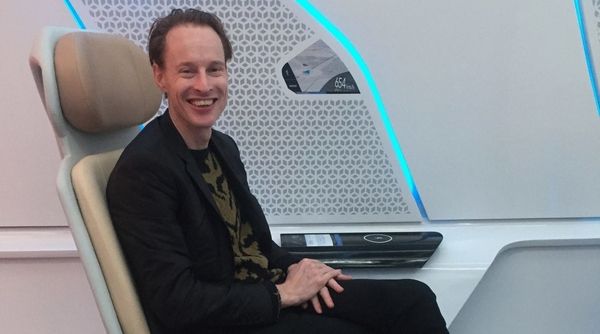
Photo Credit: Dezeen.com
If you are currently in the engineering field or maybe looking to be, Hyperloop can be an exciting new enterprise.
Hyperloop Conclusion
Although the concept was proposed in 2013, Hyperloop technology is still in its early stages and still needs copious amounts of development. There is no expected launch date as of yet, but at the earliest a fully functioning Hyperloop could be expected would be 2028. But the advancements the community has been making in this idea, and the support from so many entities for this futuristic concept is exciting. Hyper speed traveling and self-driving cars used to feel out of reach, but today it seems so much closer than ever before. Until then, I guess I’ll see you in the slow lane.
